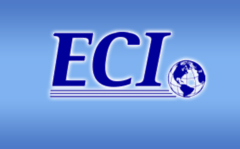Spectral Deconvolution of Chromatograms Without Offline Analytics
Abstract
Continuous bioprocessing has shifted into the focus of the pharmaceutical industry in recent past. An important driving force is the expected higher productivity compared to operations in batch mode. To ensure constant quality attributes over a complete production cycle, reliable process analytical technologies (PAT) are central.
The deconvolution of spectral measurements in downstream processing has been introduced previously as a powerful PAT tool[1]. For spectral deconvolution, published research focused on partial least square (PLS) regression models. PLS models are able to deconvolute spectra even if the spectral differences of proteins are minute. They are widely used in chemometrics. However, PLS models depend on offline analytical calibration. An accurate calibration is difficult and the obtained model may be spectrometer dependent. Furthermore, the black box approach of PLS models make an interpretation and statistical evaluation challenging.
To address these drawbacks, an alternative method is proposed making use of Lambert-Beer’s law. With a custom made algorithm, chromatograms were retrieved for multiple co-eluting species[2].The algorithm does not require offline analytics but deconvolutes absorbance data autonomously into component concentrations and the respective spectra. Chromatograms for two, three and four component mixtures were deconvoluted and analyzed. The deconvoluted chromatograms were compared to offline fraction analytics (Figure 1). A direct comparison was made between results obtained by a PLS model and the described method.
Main advantages of the alternative method are easier statistical analysis as well as its semi-mechanistic background. Furthermore, during process development, the described method may allow to reduce dependencies on offline analytics and – to a certain degree – help to circumvent analytical bottlenecks.
In summary, the alternative method is complementary to PLS regression as it provides a more flexible approach to spectral deconvolution but may not reach the same accuracy.
